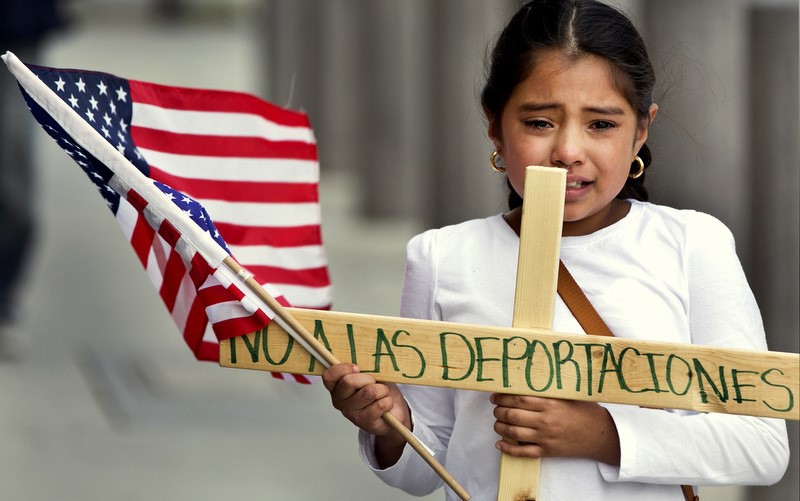
By Dr. Miguel Gallardo, Director of The Aliento Center
In this month’s e-update, we highlight trauma and Native communities in the United States. While our focus in our e-updates always has a slight bent towards Latinx communities, I am going to focus on trauma more broadly across communities of color for a very specific reason – Communities of Color in the United States today are being traumatized and re-traumatized daily.
As I reflect on our current understanding, conceptualization, and the application of trauma informed care, what stands out most to me is how limited and narrow our understanding of what constitutes trauma and how we should address it. The knowledge that informs the trauma field is embedded in traditional psychiatric and diagnostic categorizations (Tseris, 2013), which fails to recognize the social conditions that traumatize, on a daily basis, the working class, women, people of color, the LGBTQ community, immigrants, and those with disabilities. Burstow (2003) states the political is not fully integrated into the definition of trauma, and as a result we often do not consider, as much as we need to, the social conditions that give rise to trauma in the lives of Communities of Color who are experiencing trauma at this moment in the United States. I have said this before….quite a bit actually, the personal is political, and our work must include the politics of the social conditions that create the environments in which we live and work. Trauma is ‘‘a reaction to a kind of wound. It is a reaction to profoundly injurious events and situations in the real world and, indeed, to a world in which people are routinely wounded’’ (Burstow, 2003, p. 1302), traumatizing sociopolitical circumstances must be included in our understanding and in addressing people’s psychosocial problems.
Despite, what many would argue is a comprehensive definition of trauma that in the DSM-5, the literature reveals, with few exceptions, a privileging of the understanding of interpersonal over sociopolitical trauma, even though the negative effects of historical sociopolitical stressors have been documented (Berger, 2014). Communities of Color are consistently impacted by the subtle traumas we experience in our daily lives in a sexist, racist, classist, homophobic, and ableist society. The objectification of women by men, working in fields picking fruits and vegetables that the workers themselves may not have the resources to purchase, and hearing racist ambiguities in conversations with people where we live and work, even from our most well-intentioned colleagues, family, and friends, are just a few examples. In fact, we all do it.
The daily experiences of Communities of Color, including systemic and institutionalized oppressions are excluded, most times, in how we define and understand trauma because the survivors are primarily oppressed groups whose voices are not represented in our treatment manuals and research protocols that continues to privilege White, middle-class, and heterosexual experiences. The picture above is hard to look at it, yet as I write this short blog, I am sitting in my office in a place of privilege, a far distance from the realities of this 8-year-old child. Until our work consistently reflects the realities of those individuals and families who are being traumatized, including our treatment approaches, we run the risk of further oppressing those who need healing over liberating them from their pain and anguish. After all, aren’t they ALL our children? Aren’t we all connected?